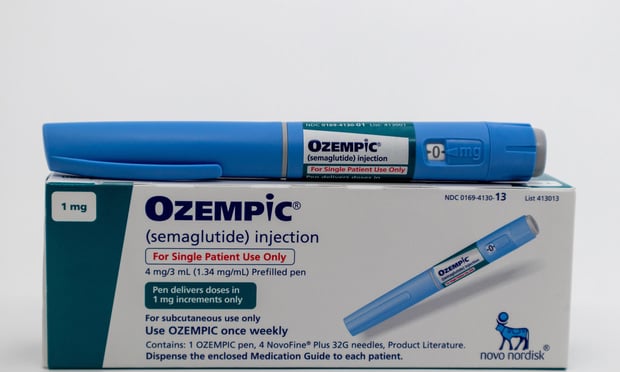
About half of flexible spending account holders fail to maximize their tax advantages by paying for qualified medical expenses by the end of the year. As a result, they forfeited an average of $441, previous analyses of EBRI’s FSA database found.
Although some FSAs have a rollover feature in which up to $640 can be carried over from one year to the next, roughly one-third of the accounts in the database are use-it-or-lose-it, and any unspent funds by the end of the plan year are forfeited back to the employer.
Recommended For You
Recent innovations have made it easier for workers to spend down their FSA balances. For example, on some retailers’ websites, customers can search for and filter products by FSA eligibility, and many retailers participate in a system known as the Inventory Information Approval System, which automatically identifies FSA-eligible expenses at the point of sale.
“This enables a process known as auto-substantiation, which makes the reimbursement process nearly seamless when using an FSA payment card,” according to a new report from EBRI. “However, not every retailer participates in this system, and a worker may wish to pay for a qualified expenditure with a credit card and seek reimbursement from the FSA later.”
If a claim cannot be auto-substantiated, it must be manually substantiated, which requires workers to provide documentation, such as itemized receipts or an explanation of benefits. Although EBRI’s FSA database does not contain substantiation data for all accountholders, 84% of those with substantiation data submitted at least one manually substantiated claim. The act of collecting receipts for medical expenditures likely is familiar to many FSA accountholders.
“Importantly, these workers were less likely to forfeit funds back to their employer, and when they did, they averaged smaller amounts than workers who did not file any manually substantiated claims,” the report said. “Workers with at least one manually substantiated claim were 13 percentage points less likely to forfeit funds back to their employer than workers with auto-substantiated claims only, and their average forfeiture was $114 less.”
It is not possible using available data to determine if workers who submitted manually substantiated claims did so because they actively searched through their transactions for FSA-eligible expenses. However, these data suggest that inertia may play a role in FSA forfeitures. Exerting additional effort to submit documentation and manually substantiate claims is associated with a lower propensity to forfeit leftover FSA funds. These workers may be combing through their purchases to determine if certain products they already have purchased, such as sunscreen or antihistamines, are eligible for reimbursement from their FSA.
“As the end of the year quickly approaches, workers at risk of forfeiting funds back to their employers would do well to check to see if any of their previous purchases are FSA-eligible,” the report concluded.
© 2025 ALM Global, LLC, All Rights Reserved. Request academic re-use from www.copyright.com. All other uses, submit a request to [email protected]. For more information visit Asset & Logo Licensing.








